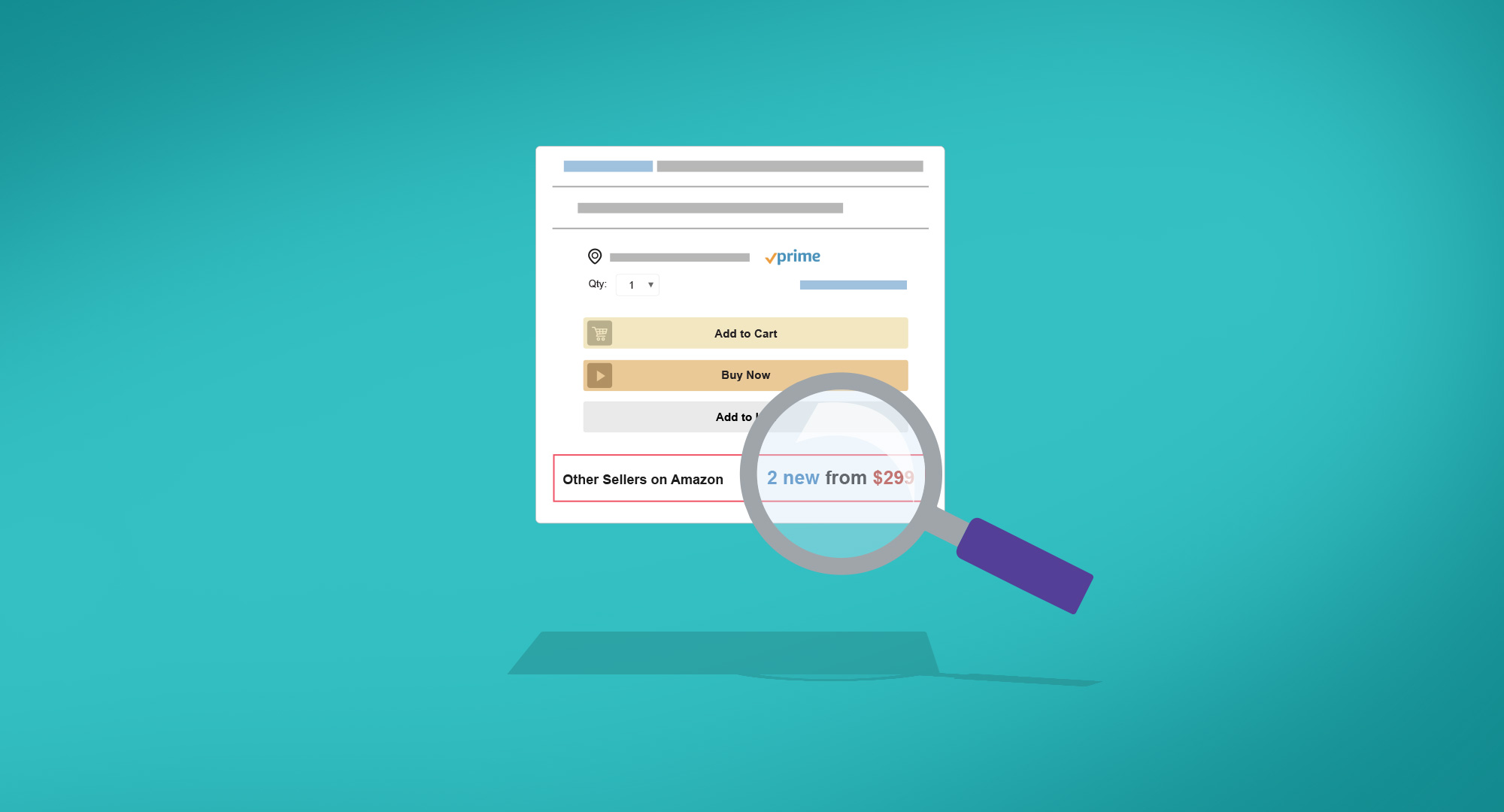If your brand is large enough to allow for third-party resale, you need to start thinking about ways to protect yourself. While many third-party retailers can help you grow your brand, others hurt your brand’s profits and reputation. One of the most common issues that brands are facing right now is MAP pricing enforcement. Here is what you need to know in order to protect yourself:
What Is MAP?
MAP stands for minimum advertised price and represents the lowest amount of money for which the product can be resold by third-party resellers. The logic here is simple. Your product should be priced in such a way that allows you to cover the resources of making that product while also yielding some sort of profit. If a third-party sets prices that are too much lower than your advertised price, you simply will not be able to pay for the cost of production.
How Does Amazon MAP Pricing Work?
When you work with third-party resellers on Amazon, you as the brand owner should be the one to designate a minimum advertised price. If you see that your Amazon MAP Pricing guidelines are not being followed by a reseller, you can report that reseller to Amazon.
Why Enforce MAP?
In many cases, major brands may choose not to enforce MAP simply because they are enjoying the volume of sales from third-party retailers. However, if you are a growing brand or if you value your brand, you can and should stand by your MAP. Keep in mind that most consumers are looking for the lowest advertised price. If the lowest price that they find matches your MAP, then you are not losing on production costs.
Enforcing your MAP will take time and effort – especially if you are working with multiple third-party resellers. Fortunately, Amazzia has a system for weeding out and reporting MAP violators. Call us today to see how we can protect your brand!



